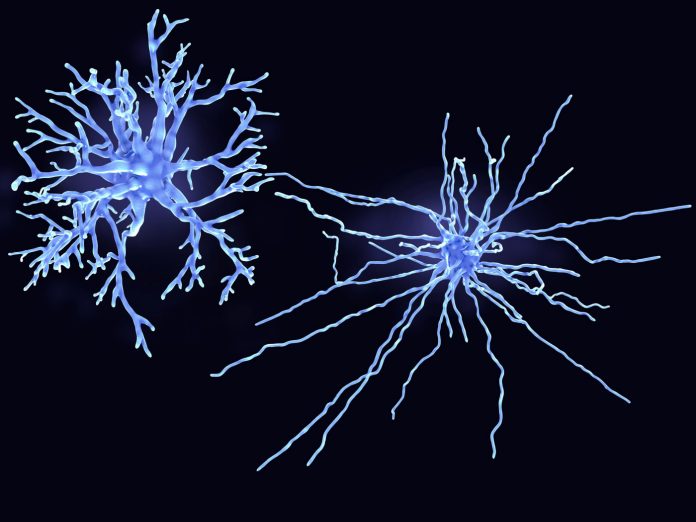
The largest study on brain aging shows that not all brain cell types age in the same way, and there may be connections between diet, inflammation, and brain health. The authors believe this study provides a roadmap for how aging may alter brain cell genetic activity.
The team, from the Allen Institute for Brain Research, used advanced genetic analysis tools to study individual cells in the brains of two-month-old “young” and 18-month-old “aged” mice. For each age, researchers analyzed the genetic activity of a variety of cell types located in 16 different broad regions—constituting 35% of the total volume of a mouse brain.
They discovered dozens of specific cell types, mostly glial cells, that underwent significant gene expression changes with age. Glial cells are known as support cells. Those strongly affected included microglia and border-associated macrophages, oligodendrocytes, tanycytes, and ependymal cells.
The results were published in Nature, and led by Kelly Jin, PhD, scientist at the Allen Institute for Brain Science.
“Aging is the most important risk factor for Alzheimer’s disease and many other devastating brain disorders. These results provide a highly detailed map for which brain cells may be most affected by aging,” said Richard J. Hodes, MD, director of NIH’s National Institute on Aging. The NIH supported this study. “This new map may fundamentally alter the way scientists think about how aging affects the brain and also provide a guide for developing new treatments for aging-related brain diseases.”
Like previous studies, the Allen team’s work initially showed a decrease in the activity of genes associated with neuronal circuits. These decreases were seen in neurons, the primary circuitry cells, astrocytes and oligodendrocytes, which can support neural signaling by controlling neurotransmitter levels and electrically insulating nerve fibers. In contrast, the activity of genes associated with the brain’s immunity and inflammatory systems, as well as brain blood vessel cells, increased with aging.
The cells that appeared to be the most sensitive to aging surround the third ventricle, a major pipeline that enables cerebrospinal fluid to pass through the hypothalamus. Located at the base of the mouse brain, the hypothalamus produces hormones that can control the body’s basic needs, including temperature, heart rate, sleep, thirst, and hunger.
Cells lining the third ventricle and neighboring neurons in the hypothalamus had the greatest changes in genetic activity with age, including increases in immunity genes and decreases in genes associated with neuronal circuitry.
The authors noted that these observations align with previous studies on several different animals that showed links between aging and body metabolism, including those on how intermittent fasting and other calorie restricting diets can increase life span, and human health.
“For years scientists studied the effects of aging on the brain, mostly one cell at a time. Now, with innovative brain mapping tools—made possible by the NIH BRAIN Initiative—researchers can study how aging affects much of the whole brain,” said John Ngai, PhD, director of the Initiative. “This study shows that examining the brain more globally can provide scientists with fresh insights on how the brain ages and how neurodegenerative diseases may disrupt normal aging activity.”







![Best Weight Loss Supplements [2022-23] New Reports!](https://technologytangle.com/wp-content/uploads/2022/12/p1-1170962-1670840878.png)




